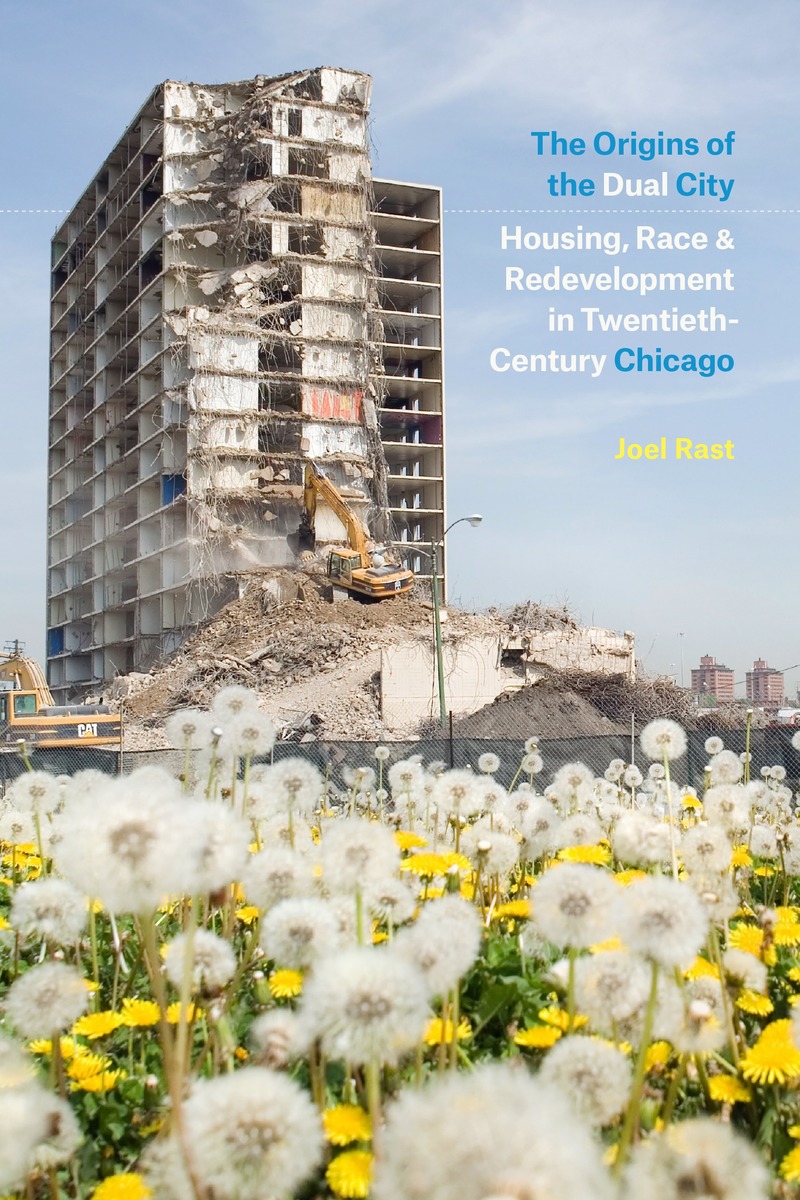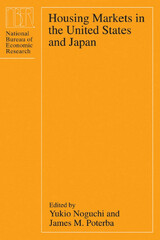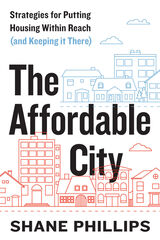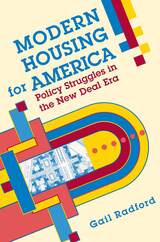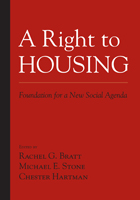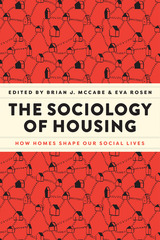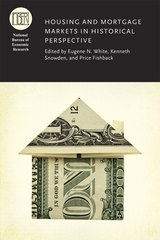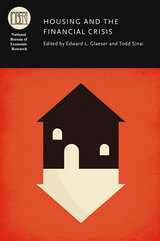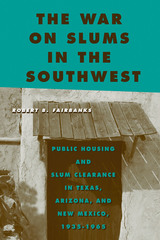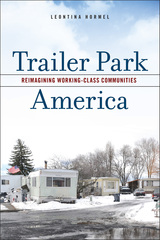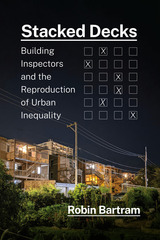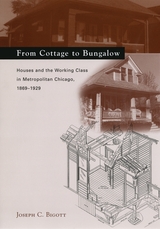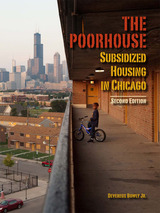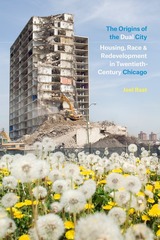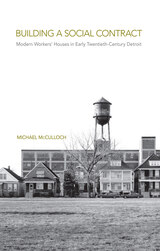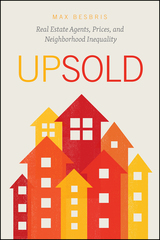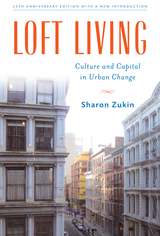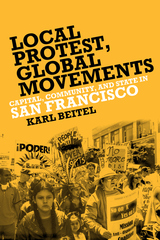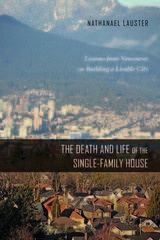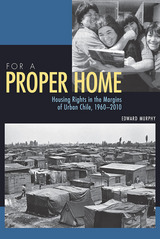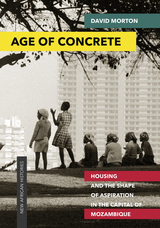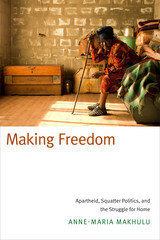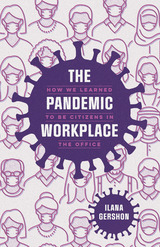The Origins of the Dual City: Housing, Race, and Redevelopment in Twentieth-Century Chicago
University of Chicago Press, 2019
Cloth: 978-0-226-66144-5 | eISBN: 978-0-226-66161-2 | Paper: 978-0-226-66158-2
Library of Congress Classification HD7304.C4R37 2019
Dewey Decimal Classification 307.14160977311
Cloth: 978-0-226-66144-5 | eISBN: 978-0-226-66161-2 | Paper: 978-0-226-66158-2
Library of Congress Classification HD7304.C4R37 2019
Dewey Decimal Classification 307.14160977311
ABOUT THIS BOOK | AUTHOR BIOGRAPHY | REVIEWS | TOC | REQUEST ACCESSIBLE FILE
ABOUT THIS BOOK
Chicago is celebrated for its rich diversity, but, even more than most US cities, it is also plagued by segregation and extreme inequality. More than ever, Chicago is a “dual city,” a condition taken for granted by many residents. In this book, Joel Rast reveals that today’s tacit acceptance of rising urban inequality is a marked departure from the past. For much of the twentieth century, a key goal for civic leaders was the total elimination of slums and blight. Yet over time, as anti-slum efforts faltered, leaders shifted the focus of their initiatives away from low-income areas and toward the upgrading of neighborhoods with greater economic promise. As misguided as postwar public housing and urban renewal programs were, they were born of a long-standing reformist impulse aimed at improving living conditions for people of all classes and colors across the city—something that can’t be said to be a true priority for many policymakers today. The Origins of the Dual City illuminates how we normalized and became resigned to living amid stark racial and economic divides.
See other books on: Black people | Blacks | City Planning & Urban Development | Origins | Social policy
See other titles from University of Chicago Press
